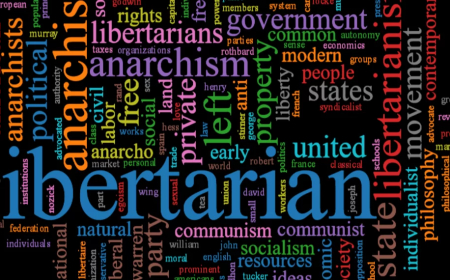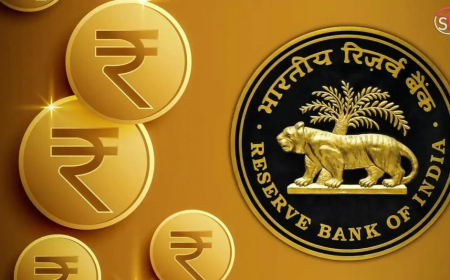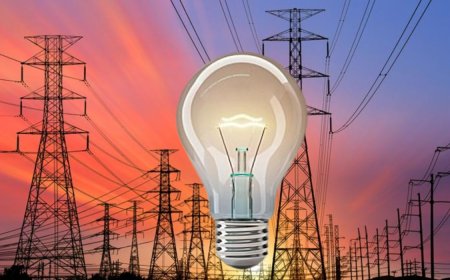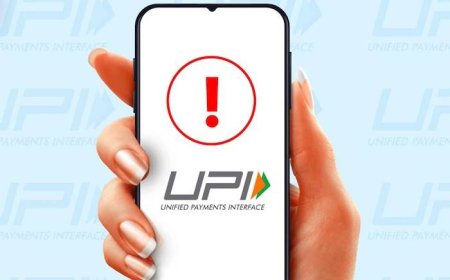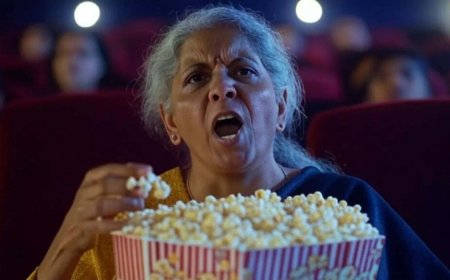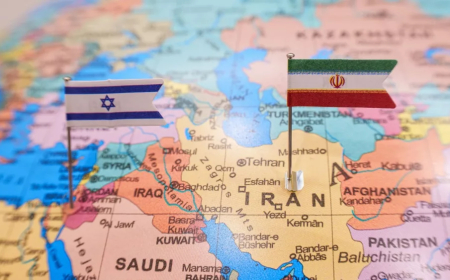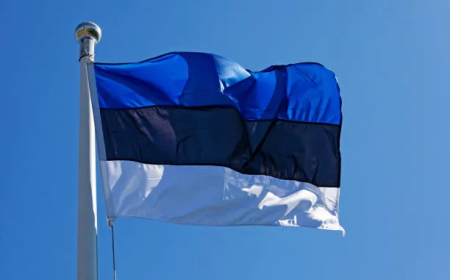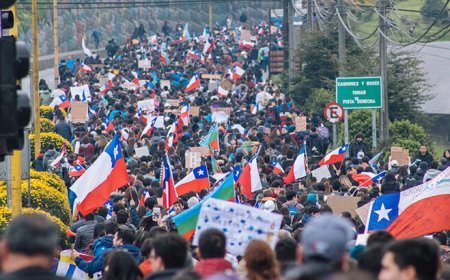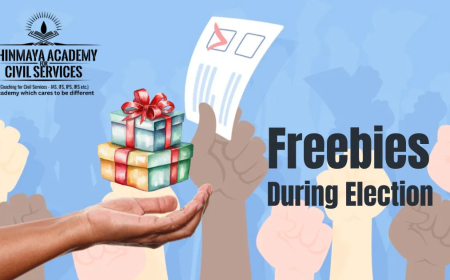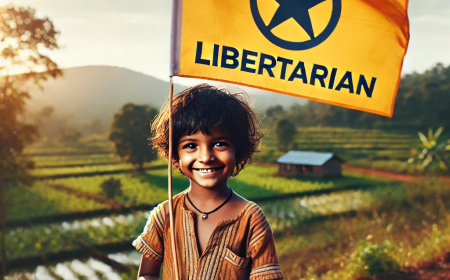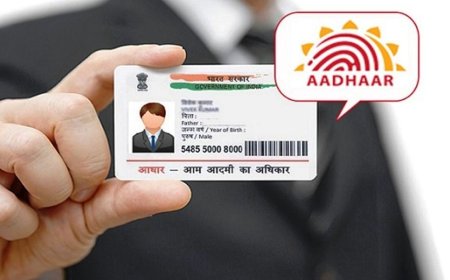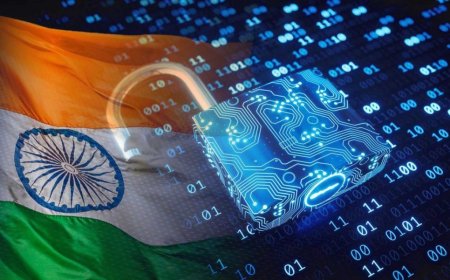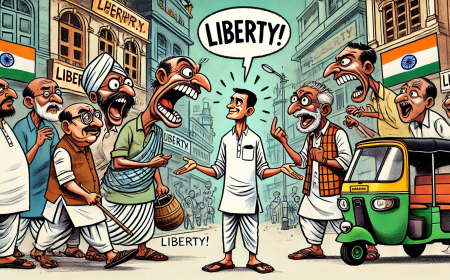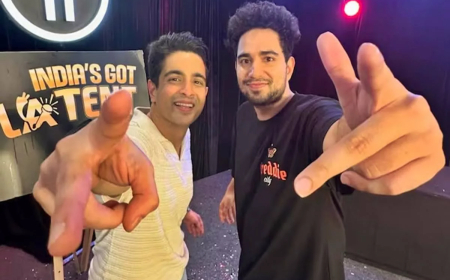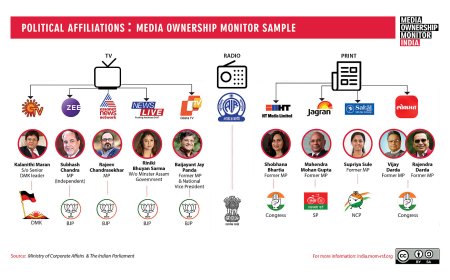Digital India, Sarkari Control: Why New Online Rules Are a Threat to Free Speech
Are India's new IT laws protecting users or controlling them? A closer look at how government regulations on OTT and social media threaten digital freedom and what a libertarian India could look like.
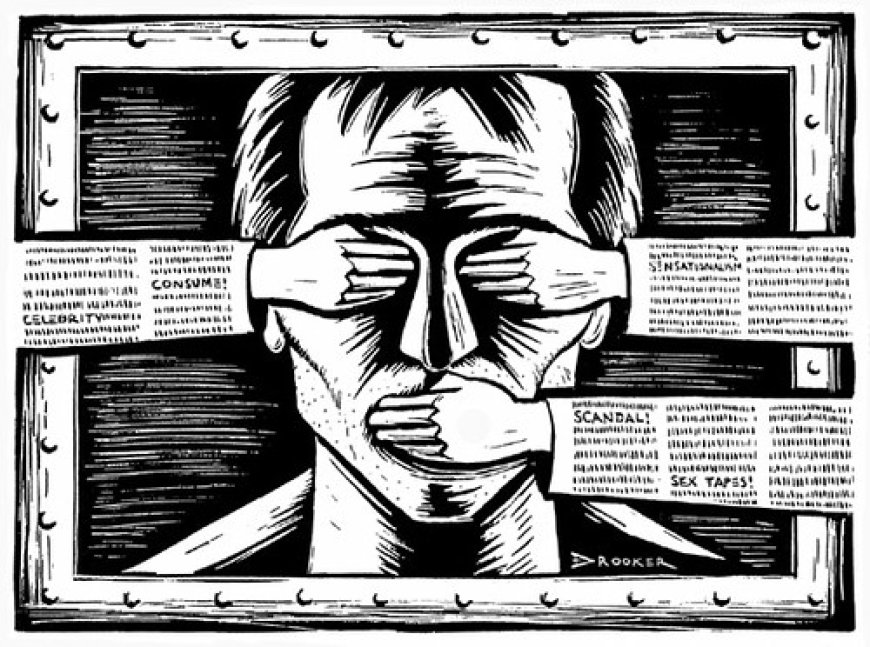
Introduction: Digital India or Digital Prison?

The Indian government has introduced a series of new IT regulations for OTT platforms and social media, claiming they are meant to "protect users." But behind the rhetoric of safety and responsibility lies a different reality—one of censorship, surveillance, and government overreach.
These rules force platforms to remove content arbitrarily, comply with vague government directives, and weaken encryption, threatening privacy and free speech. The question is, are these regulations about user protection or state control?
New IT Laws: A Backdoor for Censorship?

Recent IT rules in India have significantly increased government control over digital platforms.
-
Arbitrary Takedown Orders – The government can now demand the removal of "objectionable" content within 24 hours, often without clear justification. This means social media platforms and OTT providers must self-censor or risk penalties.
-
Traceability Requirements – Encrypted messaging apps like WhatsApp are now required to track and identify the "first originator" of forwarded messages. This effectively breaks end-to-end encryption, putting user privacy at risk.
-
Regulatory Approval for OTT Platforms – Streaming services must follow a government-mandated content code, restricting creative freedom and allowing state control over what you can watch.
-
Increased Surveillance Powers – The rules empower the government to monitor online conversations, creating a chilling effect where people fear speaking their minds.
Why a Libertarian India Would Defend Digital Freedom
Unlike the current model of bureaucratic interference, a libertarian approach to digital governance would focus on freedom, decentralization, and individual rights.
- No Arbitrary Censorship – Platforms should be free to moderate content as they see fit, based on community guidelines, not government-imposed restrictions.
- Strong Privacy Protections – Encryption should be respected, and governments should not have the power to force companies to track users.
- No Government Oversight on OTT – Filmmakers, content creators, and consumers should decide what they watch, not politicians or bureaucrats.
The goal should be digital sovereignty for individuals, not government control over the internet.
Decentralized Internet: The Future of Free Speech
A possible solution to government interference is decentralized web technologies.
- Blockchain-Based Social Media – Platforms like Mastodon and Nostr ensure no single authority can shut down content.
- Web3 Streaming Services – Decentralized OTT platforms prevent government overreach by storing content across distributed networks.
- Peer-to-Peer Messaging – Encrypted communication tools that do not rely on centralized servers can keep conversations private.
These technologies can protect digital freedoms by ensuring that no single entity, including the government, can control speech online.
Conclusion: The Battle for Digital Freedom in India
India's new IT regulations are not about protecting users but about increasing government control over online discourse. From social media to OTT platforms, digital freedoms are under attack.
The way forward is not more regulations but fewer. A libertarian India would respect privacy, encourage open speech, and allow technology to evolve without bureaucratic interference.
Will India choose freedom or control? The digital future depends on it.
What's Your Reaction?











